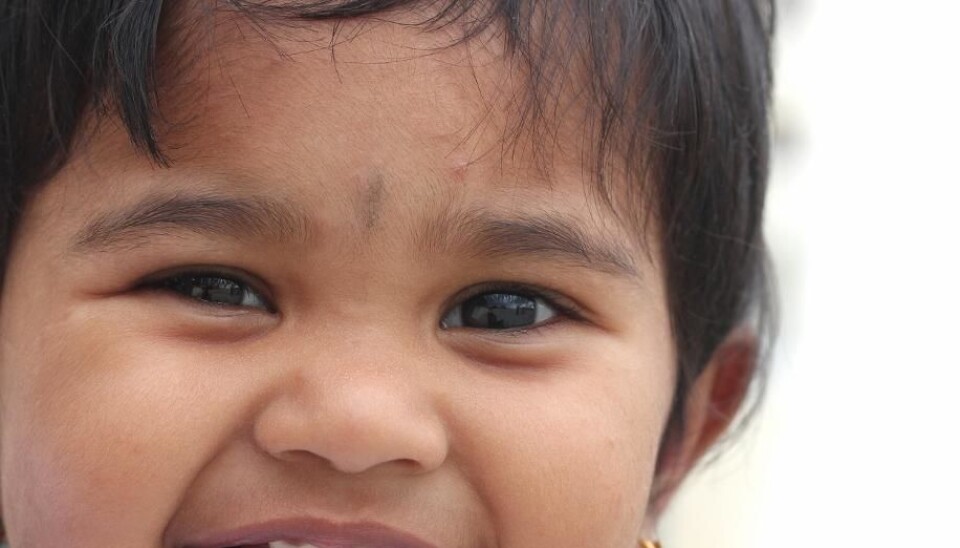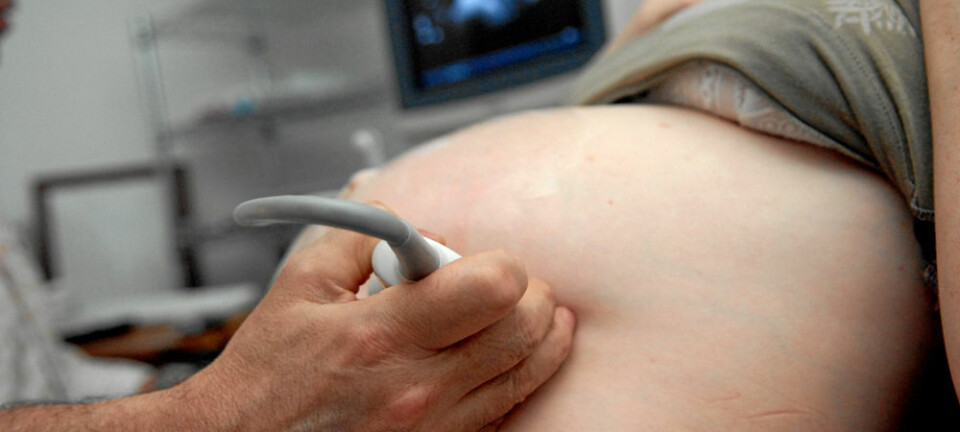
Create a cheap baby in India
New technology is opening up for limitless opportunities to create and have children – across bodies and borders. Consequences include children becoming stateless citizens, and it will be more difficult to identify who the father and mother really are.
Fertility tourism is a consequence of technological developments. But who is the mother and the father – both in their own view and in accordance with the great variety of rules about citizenship.
Is it those who have provided eggs and sperm, or is it the surrogate mothers who give birth to the children?
Ethical, legal and philosophical dilemmas are flourishing as technology has turned the notion of having children on its head.
A Danish research group has travelled far and wide to find the answers.
Legal problems with fertility tourism
An increasing number of infertile couples travel to India, Greece, Ukraine and Spain to pick up their dream child.
In most countries, if your sperm produces a baby, you are the father. In a legal sense, you can only be a mother if you give birth to the child, whether it’s with your own eggs or another woman’s eggs. This creates complications as couples are increasingly turning to high-tech methods for creating babies.
Many go to India because India is cheap, the doctors are well-educated and the clinics have a high standard, explains Charlotte Kroløkke, an associate professor at the University of Southern Denmark (SDU), Institute of Literature, Media and Cultural Studies.
She heads the fertility tourism research project ‘KinTra. (Trans)Formations of Kinship: Travelling in Search of Relatedness’, based at SDU.
“But it can result in legal complications in relation to the child’s future and citizenship. Especially if there is no mother’s egg and only the father’s sperm that fertilises the baby in a surrogate mother,” she says.
Many kids end up stateless
One example is a German couple providing ‘German’ eggs and sperm, while an Indian surrogate mother gives birth to the baby. The baby would not qualify for Indian citizenship, since both parents are German.
"[In India] the couple must be able to demonstrate that they have tried themselves, have tried artificial insemination and the only remaining hope of becoming parents is through a surrogate mother. This is done to avoid rich Western women using surrogate mothers just because they don’t want their own bodies to go through a pregnancy.
The baby wouldn’t qualify for German citizenship either because it’s illegal to pay for a surrogate mother in Germany. So the child is actually stateless.
Many complicated cases have already arisen, says Kroløkke. She cites another case in which an Indian surrogate mother gives birth to a child who is not only stateless, but who actually doesn’t have a mother or a father.
The biological mother is Japanese. She does not supply the eggs herself. The husband’s sperm is used in an Indian surrogate mother. The couple then got divorced before the child was born.
Although the surrogate mother has waived all her rights to the baby, it cannot simply be given up for adoption by the biological father. He is now single, and the Japanese mother, whose intentions once were to become a mother, is no longer interested.
After several years, the case ended with the Japanese paternal grandmother being handed the right to adopt the child.
“With all these body parts – eggs and sperm – crossing borders, we’re faced with completely new challenges, one of which is the field of ownership,” explains the researcher.
“What if a ‘programmed’ healthy child is born with a brain injury or some other disability, which parents and which country bears the responsibility for the child? There will be many unresolved cases, and in the end the children will lose out, as long as the international rules are as vague as they are.”
Egg and sperm complications
Kroløkke points out that gender inequality in connection with maternity and paternity are a relic from the old days when “you always knew who the mother was”.
And it complicates things even further that the countries have different rules – both for citizenship and the legality of services such as surrogate mothers.
”In most countries, if your sperm produces a baby, you are the father,” she says.
“In a legal sense, you can only be a mother if you give birth to the child, whether it’s with your own eggs or another woman’s eggs. This creates complications as couples are increasingly turning to high-tech methods for creating babies.”
In India, either the egg or the sperm must come from the couple if they are to legally use a surrogate mother.
“And the couple must be able to demonstrate that they have tried themselves, have tried artificial insemination and the only remaining hope of becoming parents is through a surrogate mother.”
“This is done to avoid rich Western women using surrogate mothers just because they don’t want their own bodies to go through a pregnancy.”
Surrogate mothers – a win-win for all or a new form of colonising?
The KinTra group has interviewed surrogate mothers, doctors and clinic staff, in addition to their more analytic studies.
‘Project Surrogate Mother’ is viewed differently among surrogate mothers, couples and the rest of the world, depending very much on how it is produced and marketed.
“Many surrogate mothers point out that they are happy to help childless Western couples,” says Kroløkke.
A prevalent Western school of thought, including American sociologist Susan Markens, regards the use of surrogate mothers in countries such as India and in Eastern Europe as a modern form of colonialisation or even prostitution.
Other American sociologists – along with the US clinics in their marketing – focus on the element of liberation implied in the use of surrogate mothers. This is especially because of the potential for gays and lesbians. Commercial surrogacy is legal in the States, but in most Northern European country it’s not.
In India, Dr Naya Patel, a prominent fertility doctor, is promoting Indian surrogate mothers as a gift to the world, and he describes their efforts as a win-win situation for all.
Ten annual salaries give Indian surrogacy a new start
When a woman in India acts as a surrogate mother, she usually takes a pragmatic approach to it and regards it as a financial gift, according to the latest KinTra findings.
“But little is known about the long-term effects – both physically from the hormone treatment and mentally. That’s one of the focal points of our research,” says Kroløkke.
“We believe there is a great need for clarification in the global legalisation covering all aspects of the new high-tech methods for reproduction.”
The clinics usually make sure that the surrogate mothers’ prospective men understand and accept the terms. The money is often deposited to a blocked account in the surrogate mother’s name, and payments usually occur in instalments, with the very highest one being paid when a healthy baby is born.
“Many Indian women spend the money on a house, or on starting their own small business – a life change they would otherwise never have had a chance to realise.”
Some surrogate mothers prefer to avoid contact with the baby by having the baby’s face covered during the childbirth process. The child is removed quickly, and instead the women are sent a photo of the baby later on.
Changing perceptions of life and kinship
The KinTra team also takes an anthropological and a philosophical look at what the new high-tech possibilities mean for our definition of kinship. This inevitably involves the definition of what a human being really is – perhaps a piece of DNA; perhaps a fertilised egg?
“Just the fact that these new reproduction opportunities exist changes our perception of life and biological creation. This implies that kinship becomes a more fluid concept,” says Kroløkke.
-----------------------------------------
Read the Danish version of this article at videnskab.dk
Translated by: Dann Vinther







